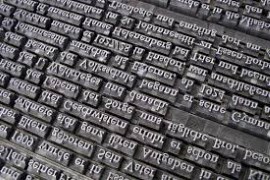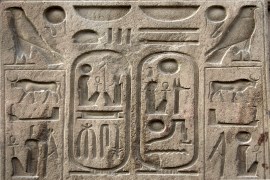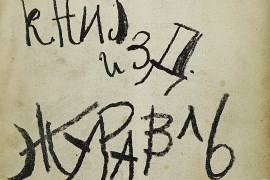Livre | Chapitre
The erklären-verstehen controversy in the philosophy of the natural and human sciences
pp. 19-49
Résumé
The terminological distinction between "Erklären" and "Verstehen" was introduced in J.G. Droysen's Grundriss der Historik (1858) and in W. Dilthey's Einleitung in die Geisteswissenschaften (1883) in order to suggest an epistemological foundation for the methodological autonomy-claim of the historical sciences or, more generally, of the "Geisteswissenschaften". These were considered to be based on Hermeneutics qua "Kunstlehre des Verstehens' (F.E.D. Schleiermacher, A. Boeckh) in contradiction to the natural sciences which were considered to be based on causal or nomological explanations. The dichotomy, which was especially directed against the methodological reductionism of the older scientistic positivism (i.e. A. Comte, H.T. Buckle, and J.S. Mill), was adopted with certain provisos and modifications (especially directed against the psychologism of the early Dilthey) by W. Windelband and H. Rickert for their neo-Kantian foundation of the "idiographic" (or "individualizing") "Kulturwissenschaften"; and, through this neo-Kantian mediation, it was also adopted with further modifications by M. Weber for his foundation of "verstehende Soziologie". This whole period may be considered, I suggest, as the first stage of the E/V controversy.
Détails de la publication
Publié dans:
Fløistad Guttorm (1982) La philosophie contemporaine / Contemporary philosophy: chroniques nouvelles / a new survey. Dordrecht, Springer.
Pages: 19-49
DOI: 10.1007/978-94-010-9940-0_2
Citation complète:
Apel Karl-Otto, 1982, The erklären-verstehen controversy in the philosophy of the natural and human sciences. In G. Fløistad (ed.) La philosophie contemporaine / Contemporary philosophy (19-49). Dordrecht, Springer.










